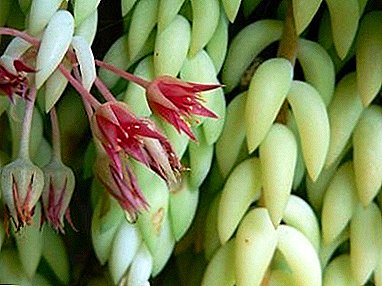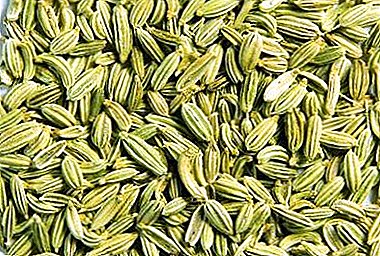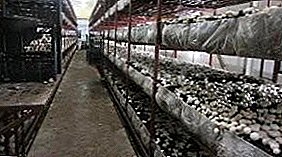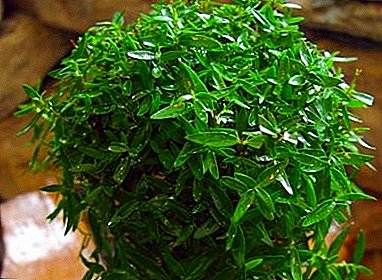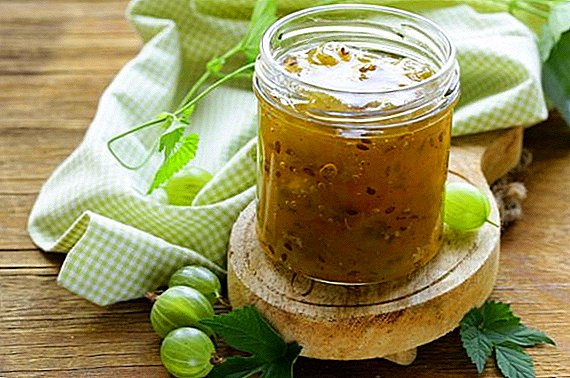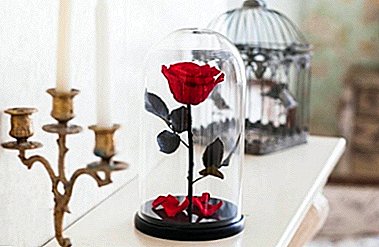
After the release of the movie "Beauty and the Beast", made exactly according to the old Disney cartoon, roses in a flask began to gain popularity, similar to the one that kept the Beast as a sign of its curse.
Most often, these roses are made in production with the help of special tools. Nevertheless, such an interesting and beautiful gift can be made on your own, correctly selecting materials and tools.
Is it possible to make yourself?

To make such a rose (and, in principle, any other flower) is quite realistic. There are several methods for stabilizing vibrant flowers.. Some masters facilitate this part of the work and resort to the use of artificial plastic flowers, but they do not have that vividness and brilliance, like a real rose. Of course, you can find an artificial flower, almost indistinguishable from a living flower, but this process is no less laborious than the preservation of a live rose.
You can purchase such a "time flask" produced by technology, but it is more pleasant to make a gift to a dear person by making it yourself.
Advantages and disadvantages
Of the advantages of making roses in a flask with your own hands, you can select:
- profitability - the cost of materials will be much less than the purchase of the finished product;
- uniqueness - made by own hands, decorated with designer's designer taste, such a rose will not resemble any one ever made in production;
- if you wish, you can turn a hobby into a business, since such crafts are in high demand.
At the same time, the odd job has a number of significant drawbacks, which depend largely on the material and the master:
- fragility - made by own hands, such a rose will last no longer than two years, while factory crafts can live more than five years;
- the flower should be under the flask to protect it from dust - stabilized flowers without any coating will quickly gather dust and become useless;
- fragility of the flower - lacquered buds are scattered from the slightest physical contact, coated with wax melts at a high temperature;
- waxed flowers do not convey all the colors and brightness of a living flower.
Step-by-step instruction: how to collect the eternal crafts?
Let us tell you step by step how to make an eternal rose in a glass flask.
Tools and Ingredients

The necessary tools directly depend on the method of stabilization of the flower. Directly for the manufacture of need:
- the plant itself (a rose or some other flower);
- glass flask;
- screwdriver;
- a stand that fits the bulb size;
- tweezers;
- threads;
- wax, glycerin or varnish depending on the method of stabilization;
- if necessary - food coloring;
- water;
- ribbons, greens, sparkles for decorating the flask at the discretion of the master.
Flower selection
For work taken roses with dense buds of the correct formIdeally, florists take special Ecuadorian roses. Petals should sit firmly on the pedicle, not fall off. Too dense bud will not give the desired stabilization and may rot, too loose disintegrate at the slightest contact even with the flask.
Plant stabilization
It is possible to stabilize a flower in three ways - wax, glycerin or hairspray. Florists, professionally engaged in the fixation of flowers, kept secret formulations that allow plants to persist for a long time. And yet, even hand-made roses can last long enough.
- 1 way - fixing wax. One of the easiest ways is to immerse the flower in melted wax, and then immediately in cold water. This allows you to fix large and dense buds.
It is important that the wax touches all parts of the flower, especially the petals. The disadvantage of this method is that such a rose in a flask cannot be exposed to direct sunlight and high temperatures, because the wax can melt and spoil the composition. Also wax gives dullness and partly reduces the brightness of the color of the bud.
- 2 way - fixing varnish. A longer, but not the most reliable way to stabilize a flower. Extra buds are removed from the bud, which will interfere with subsequent fixation. The flower is placed for a week in a container with semolina or rice.
Some masters put a flower in salt, but it strongly pulls moisture on itself, and the flower dries out. The same goes for silica gel. Then the plant is sprayed with hairspray, it is possible in several layers, and hang to dry the bud down for several hours.
- 3 way - fixing glycerin. The most reliable, allows you to literally preserve the plant and stop its time, but also the longest in preparation. It consists in replacing the intracellular natural fluid inside the plant with glycerin.
The plant, freshly cut and lightly dried for several hours, is placed with a cut of the stem in a 1: 1 ratio of glycerin and water. Optionally, you can add a dye, especially if the flower is white, and the petals will get an unusual color. The stalk should be several centimeters longer than the intended bulb, because every two days a part of the stem is cut right in the solution. Stand a flower for about two weeks.
Manufacturing technology
 A flask with a flower stand can be purchased either at special sites, or bought at flower shops, creative goods, etc. If possible, You can make the flask yourself from a wooden stand and a suitable container..
A flask with a flower stand can be purchased either at special sites, or bought at flower shops, creative goods, etc. If possible, You can make the flask yourself from a wooden stand and a suitable container..
It is important that the glass is intact, without chips and cracks. You also need the upper part of the bulb to be narrowed - this is also aesthetically pleasing, and this glass distributes light and heat more evenly from the outside.
Harvested flower is attached to the stand with a screwdriver or glue. For originality, you can fix the flower not to the stand, but directly to the flask, decorating the place of attachment with stabilized or artificial moss, cotton or synthetic padding to simulate a cloud. Design options - thousands, all at the discretion of the creator.
It is advisable to pump out the air from the flask with a vacuum pump. This can not be done because the flower is stabilized, but the presence of air and a certain percentage of dust in it will accelerate the aging of the composition.
The flask is attached to a stand with a flower and fixed glass with glue.
Possible problems and difficulties
- Too large flower is chosen, with insufficient fixation, the living part will begin to rot and wither.
- Carelessness when working with glue, the remnants of which will be visible on the glass.
- Careless work with a screwdriver, damage to the stand or the stem of a flower.
- The fragility of the composition.
- Wrong wax.
- Wrong ratio of glycerin and water.
- Thin glass flask.
- High temperature in the room in which the flower is produced.
How long will the product be stored?
Handmade, an eternal rose can live from several months to two years, depending on the chosen method of stabilization and treatment directly with the composition. Roses, made by professionals, can live up to 5-6 years.
It is important not to expose the flower to temperature changes, exposure to heat and direct sunlight, to protect from dust, and then the composition will stand as long as possible.
Such a gift requires some effort, time and financial costs.However, it will be a great surprise for a birthday, March 8 or mother's day.
Hand-made things keep warm and the feelings of the one who made them with an open heart, therefore, they are remembered for a long time and stored with special trepidation.


